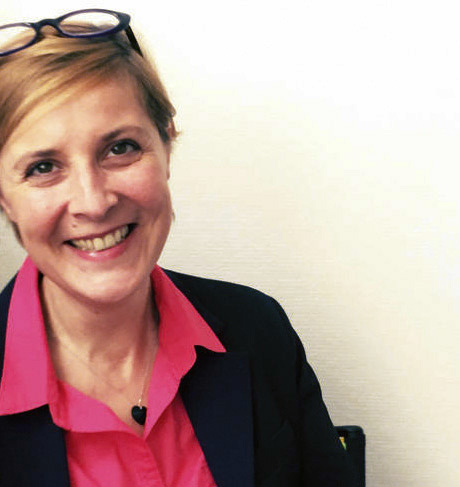© Karen KACHATUROV
Over the past twelve years, the Circulation(s) Festival has established itself as a must-see photography event: not only because it offers a panorama of emerging European artists in visually striking exhibitions, but also because...



